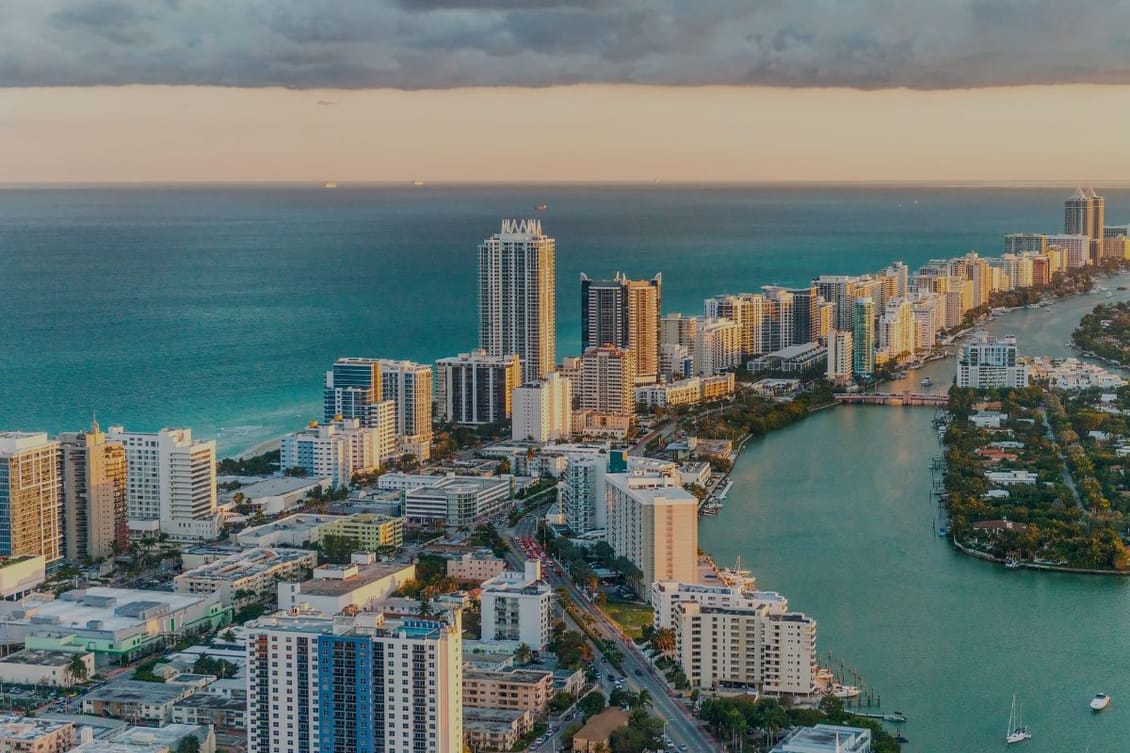
Welcome to The Sauce — our content & insights community, run by global experts. Sink your teeth into stories about food, worth sharing, and receive insights, ideas, opinions, trends, and strategies straight to your inbox.
Keep up with our weekly newsletters on LinkedIn by subscribing here.
At an AgriTech summit in Brazil this year, Renata Miranda (Secretary of Innovation, Sustainable Development, and Cooperation for the Brazilian Ministry of Agriculture) pointed out a paradox in South American agriculture:
That Latin America is one of the world’s biggest food production superpowers, and yet the region “also lives with some of the worst rates of hunger and structural poverty.”
To change this, Miranda’s vision is for South America to position itself as a sustainable food superpower, driving global transformation of sustainable food supply chains.
South America produces around 30% of the world’s food, including 10% of global agricultural exports. The region also has a significant amount of land and water per capita, accounting for 29% of global precipitation, and 33% of the world’s renewable resources.
In 2022, the agriculture industry in Latin America and the Caribbean exported USD $107.86 billion, with oil crops accounting for the largest share, at $43.27 billion.
Some of the produce exported from South America include:
The region is considered an agroindustrial superpower – but food insecurity remains a serious problem for local communities.

According to the World Economic Forum, Latin America is strategically positioned to address global food scarcity, because it offers three critical ingredients:
With the resources for sustainable food production (particularly the rain and renewables we mentioned earlier), and a total labour force of over 300 million people, the World Economic Forum agrees with Miranda: all of the pieces are in place for Latin American countries to increase their production growth capacity.
By 2050, the region could supply two to three out of every five fruits and vegetables globally.

The benefits for global food supply chains are clear – this region can improve food security around the world. But what about food security within South America?
Miranda noted that access to food isn’t the only paradox; because while South America has one of the highest agricultural productivity rates in the world, and growing at 4% per year (double the world average), the region still battles with low levels of technology adoption and poor education provisions for its agricultural producers.
Although politically neutral, the region is also economically unstable – with economic crises standing in stark contrast to the food export volumes of countries including Argentina, Brazile, Chile, and Ecuador.
How can the paradox of food production success and regional economic struggle be broken?
Crucially, Miranda called for geopolitical power dynamics to recalibrate – taking into the account the crucial role of food in global security and relations. She pointed out that power needs to be given back to the nations and regions that produce food.
The region is in a period of opportunity. It can offer sustainable food production to the world. But to make this work economically sustainable for South American countries, government policies and business operations must reflect the value of the region’s contribution to global food security and enable South America to generate wealth, as well as food.
Mark your calendars for our next newsletter on 29 November 2024. Is there anything specific you'd like to see covered? We'd love to hear from you! Click here to share your suggestions.
Take your seat at the InFlavour table, a government-backed and world-leading B2B food event by Tahaluf.
E-mail address SubmitWant to keep up to date with all our latest news and information? Enter your name below to be added to our mailing list.
E-mail address Submit